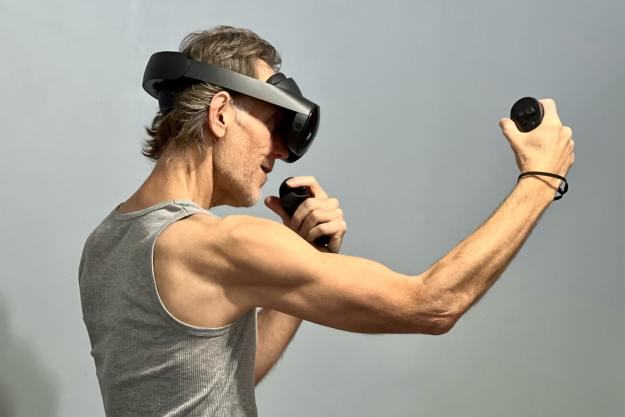
But of course it does. In the after-Christmas lull few people are buying new hardware and Nvidia wants to drum up some interest, even if there is a grain of truth in its statement. The stats, according to Nvidia, are that 13 million of the 1.3 billion+ PCs in the world will be capable of running high-end experiences on an Oculus Rift CV1 or commercial HTC Vive (via Bloomberg).
And indeed that’s probably true. With the vast majority of PCs not even using dedicated graphics cards, because they weren’t designed with gaming or 3D rendering in mind, a large majority of systems are not going to be capable. Likewise there are many gaming-oriented machines and notebooks that aren’t designed with AAA titles in mind, so again, these won’t be hitting comfortable frame rates.
But this isn’t something to panic about if you are invested in the idea of a virtual reality future. VR is not going to be the next-generation console of the PC. Unlike Sony, Microsoft, and Nintendo, its pedigree of owners will at the start be in the several hundreds of thousands, not the tens of millions. Adoption will likely be swift, but for the time being, it will be a small niche compared to gaming or even PC gaming as a whole.
And that’s probably a good thing, because as Nvidia says, only those who are keeping an eye on VR and are enthusiast early adopters are going to have the hardware required to run it.
Fortunately that won’t be the case for long though. Rumors of Nvidia and AMD’s next-generation GPUs — Pascal and Polaris — are that they will be many times more powerful per watt than current generation GPUs, offering huge performance with a reduced footprint. On top of that, there are some other chip makers talking about entirely new types of processors, intended just for handling VR.
And that’s not to mention all the software improvements that are coming thick and fast. So don’t worry, within a year or two commercial-quality VR will be peanuts, at least compared to now.
Editors' Recommendations
- Can the Quest 3 replace my laptop for work? I found out the hard way
- Not even Nvidia’s RTX 4090 can handle Star Wars Jedi: Survivor
- We now know why Apple’s Reality Pro headset was delayed
- We now know how Apple’s VR headset may handle video, and it’s pretty awesome
- If iOS 17 is a letdown, you can blame this one Apple device





